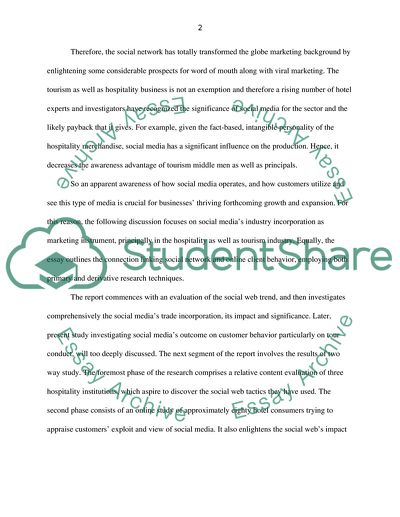Cite this document
(“Social Media Impacts on UK Consumer Behaviors Literature review”, n.d.)
Social Media Impacts on UK Consumer Behaviors Literature review. Retrieved from https://studentshare.org/media/1855675-a-study-into-on-how-social-media-impacts-on-uk-consumer-behaviours-within-the-hospitality-industry
Social Media Impacts on UK Consumer Behaviors Literature review. Retrieved from https://studentshare.org/media/1855675-a-study-into-on-how-social-media-impacts-on-uk-consumer-behaviours-within-the-hospitality-industry
(Social Media Impacts on UK Consumer Behaviors Literature Review)
Social Media Impacts on UK Consumer Behaviors Literature Review. https://studentshare.org/media/1855675-a-study-into-on-how-social-media-impacts-on-uk-consumer-behaviours-within-the-hospitality-industry.
Social Media Impacts on UK Consumer Behaviors Literature Review. https://studentshare.org/media/1855675-a-study-into-on-how-social-media-impacts-on-uk-consumer-behaviours-within-the-hospitality-industry.
“Social Media Impacts on UK Consumer Behaviors Literature Review”, n.d. https://studentshare.org/media/1855675-a-study-into-on-how-social-media-impacts-on-uk-consumer-behaviours-within-the-hospitality-industry.


